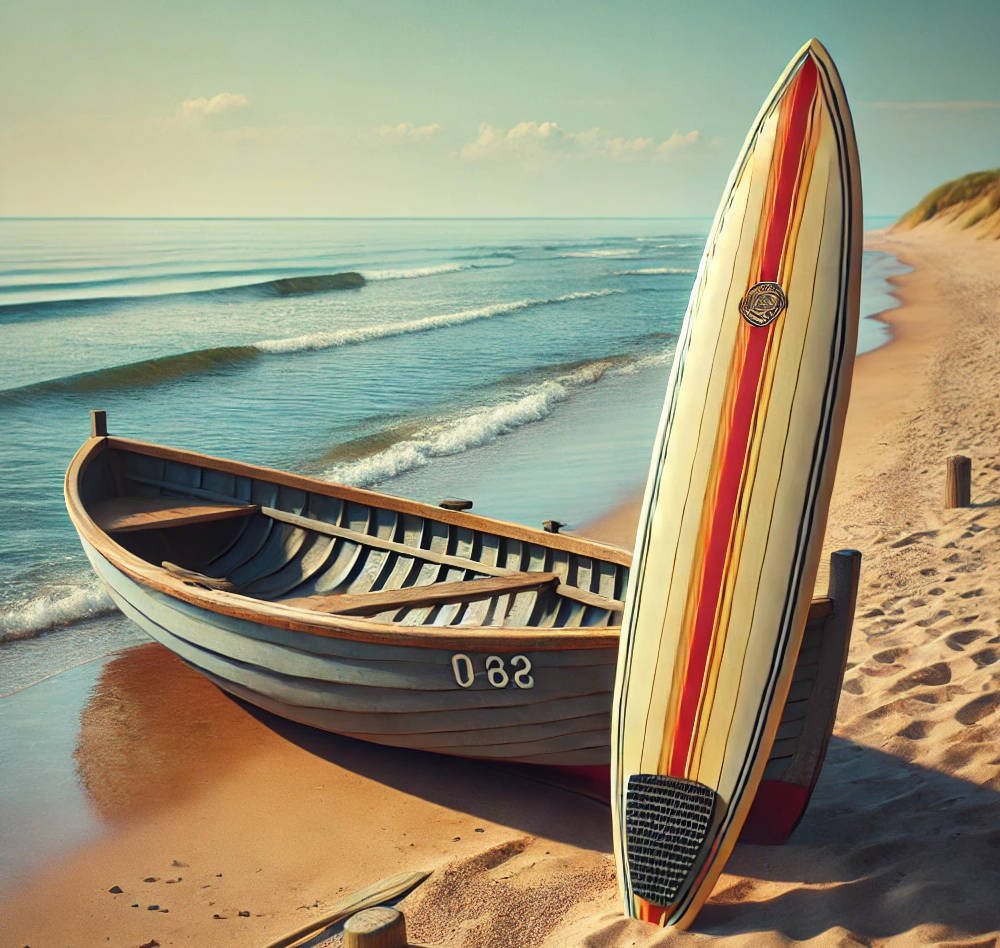In Australia, the beach is a place of freedom, but it has rules born from common sense and respect. Surfers have the right of way near the shore, and boats must keep clear. The law recognizes the natural hierarchy of the beach, where those closest to the water’s edge—the swimmers and surfers—are most vulnerable. Boats, fast and powerful, are the intruders in this space. Their weight and speed can cause harm, so the responsibility lies with them to stay out of the way.
Surf zones often have markers. Bright buoys or signs warn boat operators to steer clear. These areas belong to surfers, who rely on the waves for their craft. Even without markers, the unwritten rule is the same: the beach belongs to the people in the water. Boats are not welcome close to shore where surfers ride the breaks. This isn’t just about the law; it’s about safety and respect.
A surfer paddles out to meet the waves, trusting the sea and those who share it. A boat cutting through the surf shatters that trust. The surfer cannot escape the boat’s path; they’re at the mercy of its operator. The boat, on the other hand, has power and control. It can maneuver, slow down, or stay away entirely. That’s why the law puts the burden on the boat. With power comes responsibility.
In states like New South Wales, the rules are strict. Boats must stay at least 60 meters from swimmers or surfers in the water. These regulations aren’t arbitrary. They exist because the combination of a high-speed vessel and a human body can lead to tragedy. A boat’s hull is unforgiving, its propeller deadly. No wave is worth that risk.
But beyond laws and rules, the beach has its own code. Surfers know to respect the lineup, to give each other space, to share the waves. Boats, too, must honor this code. The ocean is vast, and there’s room enough for everyone. Yet the closer you come to shore, the more care you must take. The beach is a sanctuary for surfers and swimmers. Boats must yield to that, always. It’s not just law—it’s the way of the sea.


Leave a Reply